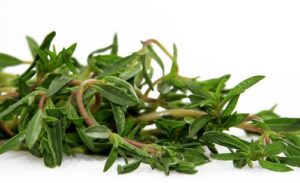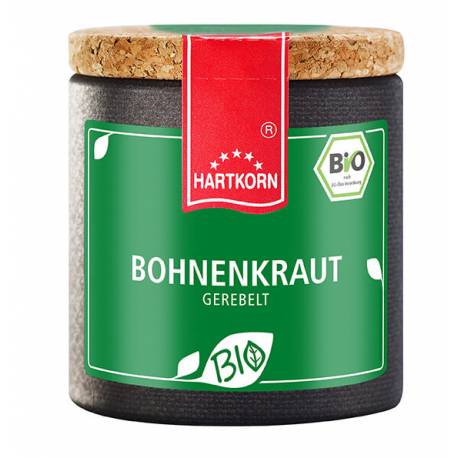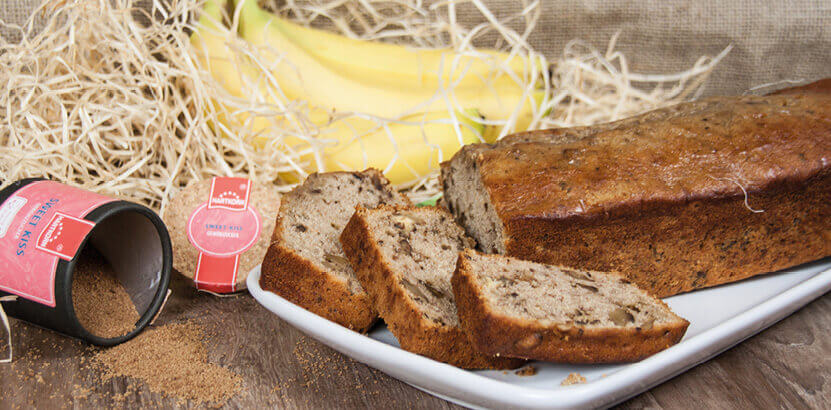Synonyms: Botanical family: origin: Classification: spice shape: flavor: odor: use: The versatile savory has a pleasantly spicy scent and a peppery taste. It is particularly popular for seasoning bean dishes. It is also suitable for other vegetables, salads, soups, sauces and some fish and meat dishes, as well as for seasoning canned vegetables such as gherkins. Savory is a component of the "Fines Herbes" of French cuisine and is also contained in several sausage spice mixtures. Tip: Recipe suggestion: knowledge: Botany: Home & Spread: cultivation & extraction: History: Savory
General information
Application
Things to know
 Botanical name:
Botanical name:
Satureja Hortensis L.
Pepper cabbage, wine cabbage
flowering plants
Europe, Asia + India
herb
weed
aromatic, slightly peppery
spicy
meat and fish dishes, soups, bean dishes, vegetable soups and salads
Reduces flatulence that can occur especially when eating legumes
Potato and tomato salad: Prepare jacket potatoes. Mix the sliced potatoes with a marinade of oil, vinegar, broth, salt and pepper and leave to stand for 15 minutes. Break up 1 bunch of savory and mix in. Arrange the sliced tomatoes with the salad and sprinkle with sheep's cheese. Season with the remaining salad dressing, salt and pepper.
History: Because of its peppery taste it was recommended as a pepper substitute in times of need - hence the name "Pfefferkraut".
The annual, in culture also biennial, fragrant, bushy-branched herb reaches a height of about 40 to 60 cm. The round stems carry spatula- or lancet-shaped leaves without a clear stem, which are arranged in pairs. They are about 30 mm long, 4 to 5 mm wide and finely lined at the edges. From the leaf axils sprout light violet colored flowers, which allow 1.0 to 1.5 mm large nuts to mature.
The savory originates from the eastern Mediterranean area to western Iran and the Caucasus. Today, savory is native to all Mediterranean countries and throughout Central Europe, Western Asia and even India. It is also cultivated in South Africa and in warmer North America.
Savory is grown in most herb gardens for domestic use, but there is also large-scale cultivation in the fields. The herb is cut just before or during blossoming, when the seasoning components are most clearly developed. It is sold fresh or after being bundled and dried in the shade. Savory can also be bought grated, coarsely crushed or ground. However, some of the seasoning essential oils are lost during grinding.
The aromatic savory was already known and familiar to the Romans. Certainly it was also used by all former peoples of the Mediterranean. In Germany it was already cultivated in the early Middle Ages. When Charlemagne in 812 prescribed the number and type of culinary herbs to be cultivated to all imperial Maierhofes, the list included savory. In the 17th century, the pilgrim fathers took savory to the New World. Perhaps because of this historical association, savory is often used in the seasoning of stuffed turkey, which is a traditional Thanksgiving dish. In German, savory is also known as "Pfefferkraut" (peppercorn). This name results from its former use as a pepper substitute in times of need.
http://de.wikipedia.org/wiki/Bohnenkräuter








